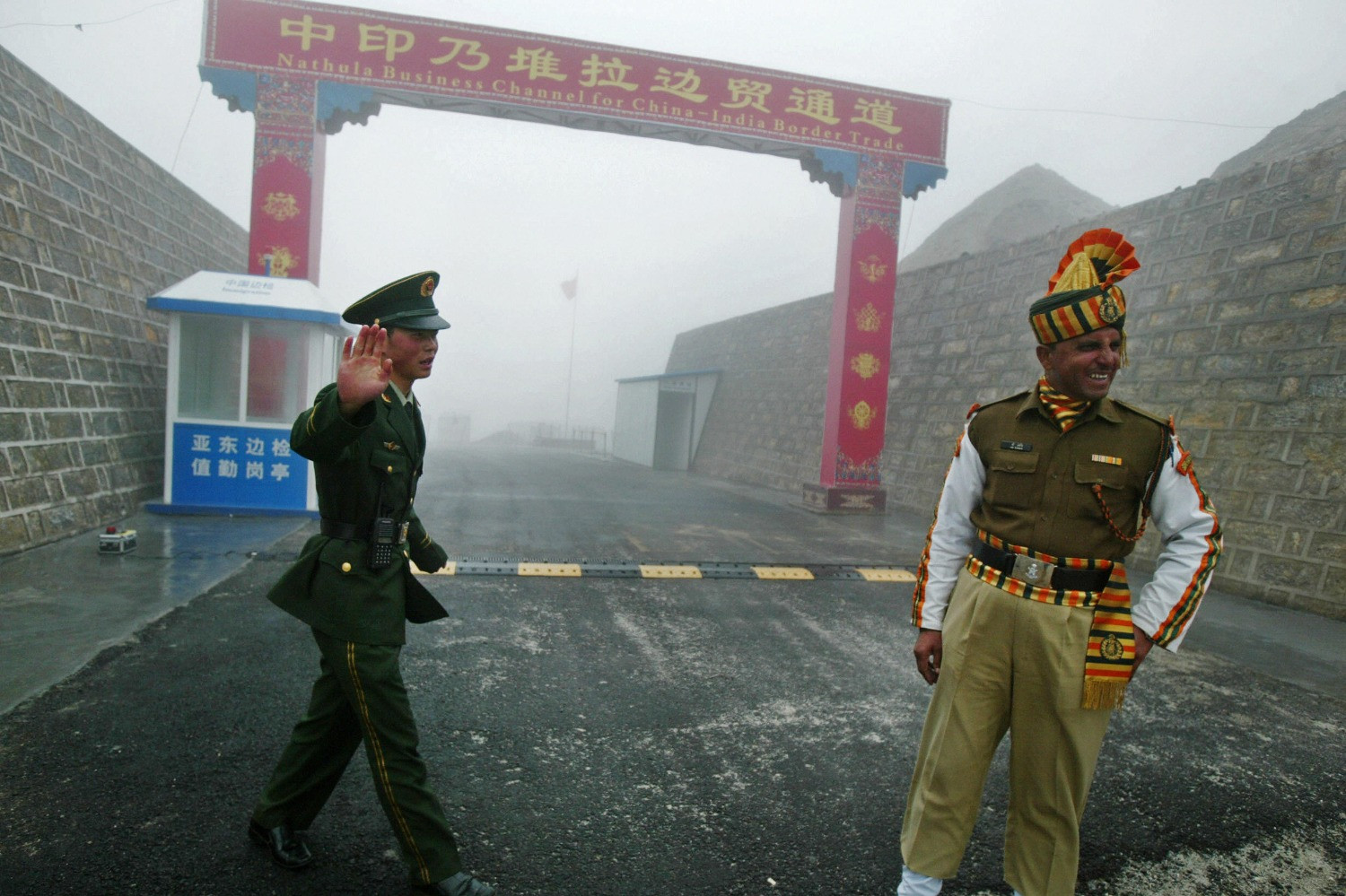
China’s Evolving Strategic Discourse on India • Stimson Center
India has significant influence over Chinese strategy, which New Delhi should better leverage against Beijing.
In the public discourse, China has managed to create an impression globally that “India does not feature prominently in Chinese strategic calculations”, and that it views India primarily “through the American lens”. However, a very different picture emerges when one studies the Chinese internal literature on India and the strategic relationship between the two countries.
China seeks India’s cooperation to weaken the United States’ Indo-Pacific strategy, because, in the Chinese assessment, India is the “key variable” determining the success or failure of the strategy. It's Two Oceans Strategy scheme designed to create a China-centered Indo-Pacific depends on a friendly (or atleast neutral) India. And besides, a peaceful relation with India allows Beijing to focus solely on the Eastern frontier. This understanding of the importance of India for Chia's rise is nearly universal within the Chinese strategic community.
However, there are two schools of thought on how to achieve it:
1. the optimistic school of Major Power Diplomacy, which wants to woo India to hedge against the U.S. Indo-Pacific strategy and making it a key partner in the Belt and Road Initiative, and
2. the pessimistic school of Neighborhood Strategy, that wishes to secure a China-centered regional order with Beijing as the sole leader or rule-maker in the region – by suppressing India, if needed.
It is the existence and the struggle between these two schools that has given rise to the schizophrenic India policy from China, where a Chinese leader offers peace while it's soldiers clash with Indians at the same time. Since 2013, these two schools have waxed and waned in importance within China's strategic community, with the Neighborhood Strategy school becoming dominant by the beginning of 2020, leading to Galwan clashes.
The gruesome clash caused public outrage in India, and anti-China sentiment reached its peak. Meanwhile, in China, a sense of shock over the rapid deterioration in China-India ties was palpable. But the two schools again disagreed with each other on the way forward. A portion of the strategic community defended Beijing’s actions on the border with India, while another offered strong criticism of Chinese behavior. However, both groups agreed that it was in China’s interest not to publicly project India as an “enemy.”
For India, the lesson should be to no longer fall for China’s long-standing and highly successful propaganda strategy of outwardly trivializing India’s capability and role. India would do well to come to terms with and perhaps leverage its increasing strategic value to China, whether in the realm of China’s foreign policy or its future development strategies, allowing it to shape Beijing’s behavior and extract adequate benefits from it.
